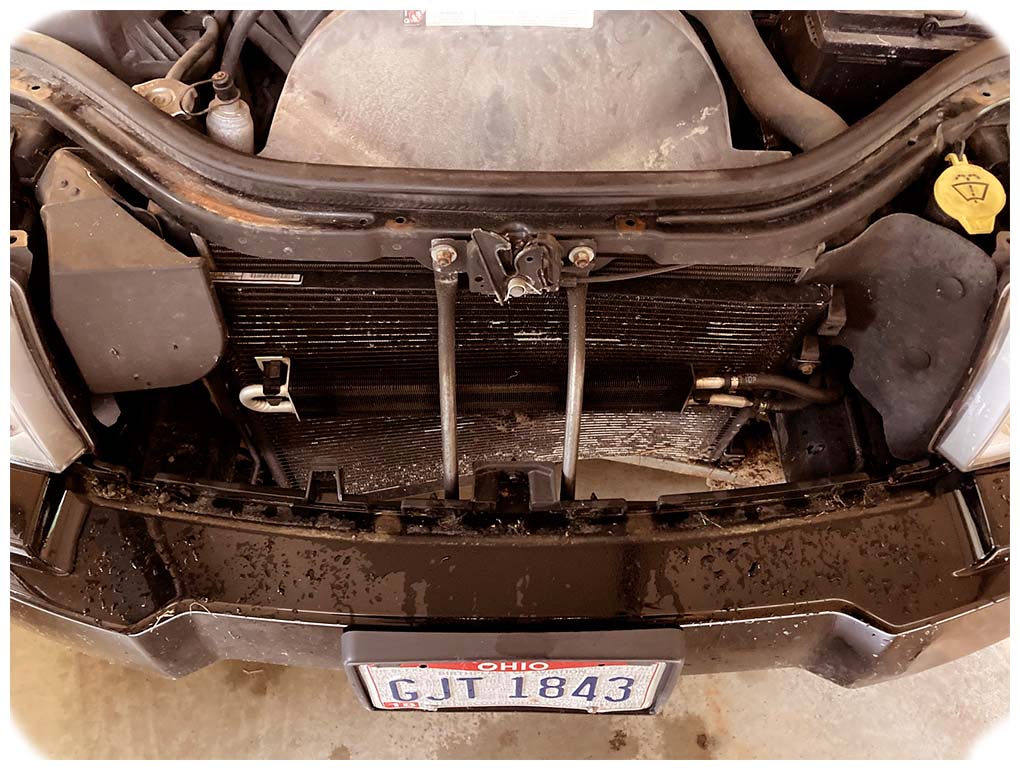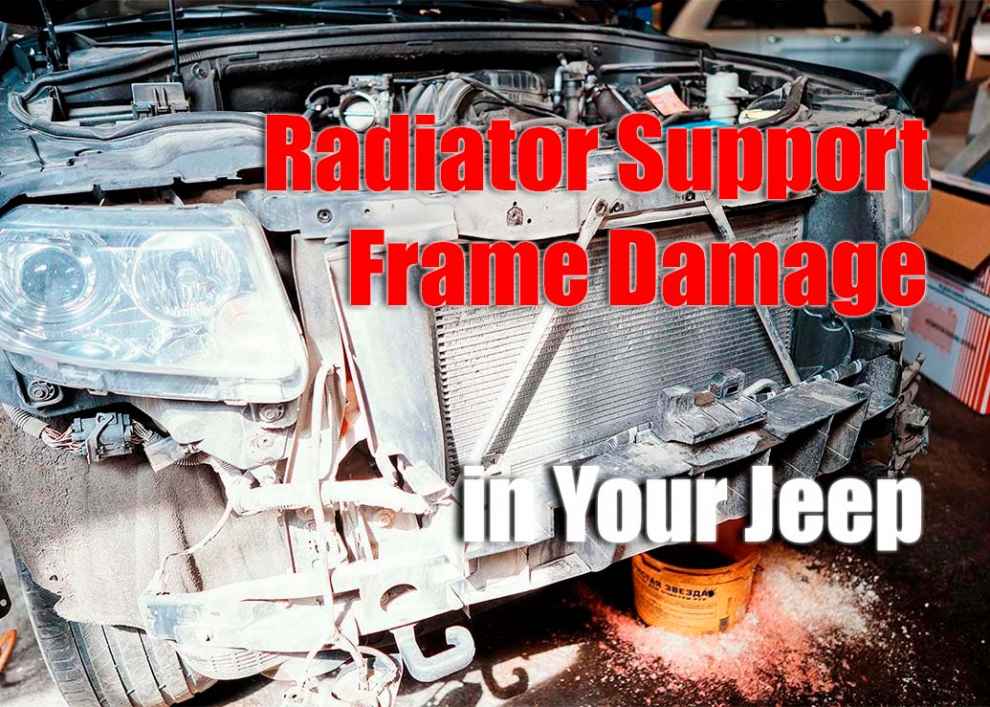If you own a Jeep, then it’s important to understand the anatomy of your vehicle and how to diagnose any potential issues that may arise. One of the most common problems seen in many Jeep models is radiator support frame damage. These frames are designed to hold the radiator in place and protect it from damage caused by vibration, impacts, and other external forces. In this article we will discuss what radiator support frame damage looks like in your Jeep, what causes it, how to prevent it from happening, and finally some repair solutions for dealing with any damaged frames.
What Is a Radiator Support Frame?
The radiator support frame on your Jeep is responsible for providing structural support for the radiator as well as helping keep everything sealed together properly. It helps keep the radiator in its proper place while also reducing noise created by vibrations coming from the engine bay area during operation. The frame consists of metal brackets or pieces that connect to other parts of the vehicle such as the grille and bumper assembly, headlight housings, fender liners or shields, etc., forming a rigid and durable structure that holds everything together securely. In maintaining the optimal function of your radiator support frame, one crucial aspect is the radiator itself. The best radiator for a Jeep ensures efficient cooling, longevity, and fits well within the support frame. This helps maintain the vehicle’s performance while minimizing engine bay noise and vibrations.
Symptoms of Radiator Frame Damage in Your Jeep

-
Loose Headlight Housings – Check to see if your headlight housings are loose or if they are vibrating excessively during operation. This could be indicative of a problem with the radiator support frame and will require further inspection for confirmation.
-
Vibrations in the Grille – If you feel any excessive vibration coming from your vehicle’s grille, it could be due to a damaged radiator support frame that is causing the parts connected to it to shake and vibrate.
-
Noises Coming from the Engine Bay – If you can hear any strange noises while driving, such as clanking, rattling or scraping sounds coming from around the engine bay area, then it is likely caused by some type of impact or vibration damage caused by a faulty radiator support frame.
-
Poor Vehicle Handling – If you start experiencing poor handling while driving, such as when taking sharp turns at high speeds or when cornering, then this may be caused by an issue with your vehicle’s suspension system which could have been caused by a damaged radiator support frame that has shifted out of place.
Causes of Damaged Radiator Support Frames
Radiator support frame damage is usually caused by a combination of long-term use, corrosion, and impacts on the frame itself. Over time, the metal brackets or pieces that hold the radiator in place can become weak and worn out and may eventually break or bend if they are continually exposed to extreme weather conditions such as heat, cold, humidity or moisture. Additionally, impacts from debris or objects on the road such as stones or sticks can cause dents in the radiator support frame which can then lead to further damage by causing other parts connected to it to loosen up and move around.
Prevention of Radiator Frame Damage
The best way to prevent radiator support frame damage is by regularly inspecting your Jeep for any signs of wear and tear. Make sure that all nuts, bolts, and screws are properly tightened so that everything remains secure in its place during operation. Additionally, try to avoid driving over any large bumps on the road as this could cause excessive vibrations that could potentially lead to radiator support frame damage. If you live in an area with frequent bad weather conditions, then you should also make sure your Jeep’s radiator is covered with a protective cover to help reduce the effects of corrosion and rust.
Repair Solutions for Damaged Frames
If you have noticed any of the above symptoms or if you suspect that your radiator support frame is damaged, then it is important to take immediate action to repair it. The most common solution is to replace the entire frame with a new one, however, if you want to save money then you can also opt for a partial replacement where only the damaged parts are replaced while leaving the rest intact. Alternatively, some Jeep models may come with adjustable radiator support frames which allows them to be customized according to your vehicle’s specifications by loosening or tightening certain components as needed. Following frame repairs, it’s equally essential to ensure the radiator is working correctly. Recognizing air in radiator symptoms can prevent issues like overheating, ensuring optimal performance of your Jeep’s cooling system.
Conclusion
Radiator support frames are an essential part of your Jeep as they provide structural support and keep everything held together securely in its place during operation. If you have noticed any symptoms of radiator frame damage, then it is important to take immediate action to prevent further damage from occurring. The best way of doing this is by regularly inspecting your Jeep for any signs of wear and tear, replacing any broken or bent parts, and covering your vehicle’s radiator with a protective cover whenever possible when driving in bad weather conditions.

Add Comment